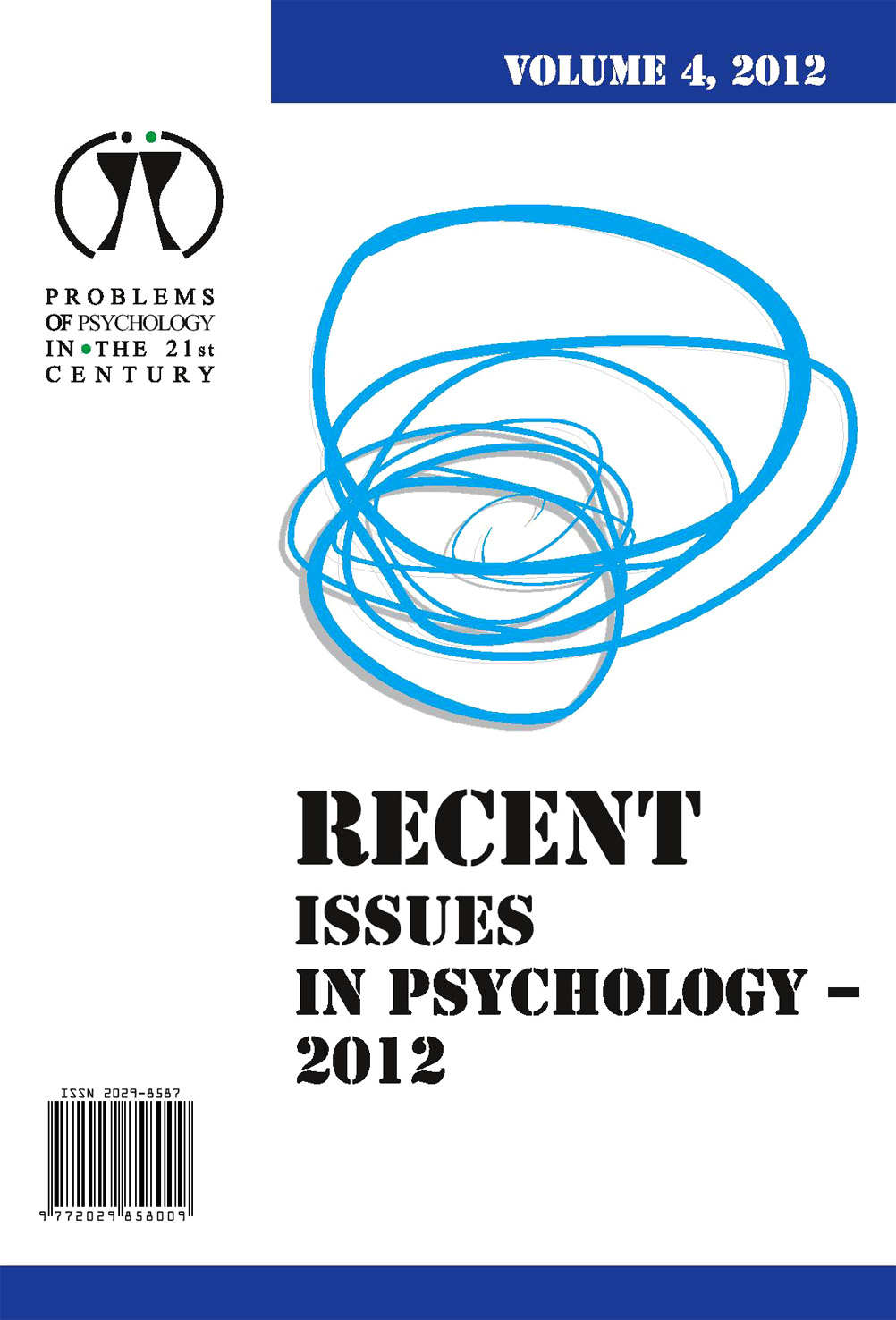THE EFFECTS OF A SOCIAL-EMOTIONAL LEARNING PROGRAM
ON THE THINKING PATTERN OF A GROUP OF UNIVERSITY STUDENTS
THE EFFECTS OF A SOCIAL-EMOTIONAL LEARNING PROGRAM
ON THE THINKING PATTERN OF A GROUP OF UNIVERSITY STUDENTS
Author(s): Sebastian Raul VaidaSubject(s): Psychology, Social psychology and group interaction
Published by: Scientia Socialis, UAB
Keywords: competencies; rational and irrational thinking pattern; rational emotive behavior education; social-emotional learning; training; university students;
Summary/Abstract: Social-Emotional Learning (SEL) is one of the best approaches to teaching students the skills needed to better adapt to life and develop on a personal and professional level. Your-SELF is an abbreviation for “Your Social Emotional Learning Facilitator” and represents a social-emotional learning program based on the Rational Emotive Behavior Theory (REBT). It was implemented and tested as a personal development program for university students, for an entire academic year, with 3-4 hours weekly trainings. It is also a powerful and effective way to decrease the level of irrationality in the students' thinking style, along with developing some major life competencies (self-awareness, self-management, social awareness, relationship skills, decision making). In order to test this idea, an experimental design with repeated measures was used and the results clearly support the hypothesis that a SEL program based on the principles of REBT can lead to a significant decrease in the level of irrationality of the students in the experimental group, compared to the control one. Also, the four sub-scales of the instrument used to investigate the level of irrationality (ABS2) were analyzed and the same significant results were found on the level of low frustration tolerance, self-downing/global evaluation and awfulizing. The only exception was demandingness, and a rationale for this is offered in the discussion part of the article. The study shows that such a program can be beneficial and useful for the students involved and it is worth implementing on a larger scale.
Journal: Problems of Psychology in the 21st Century
- Issue Year: 4/2012
- Issue No: 1
- Page Range: 62-70
- Page Count: 9
- Language: English

